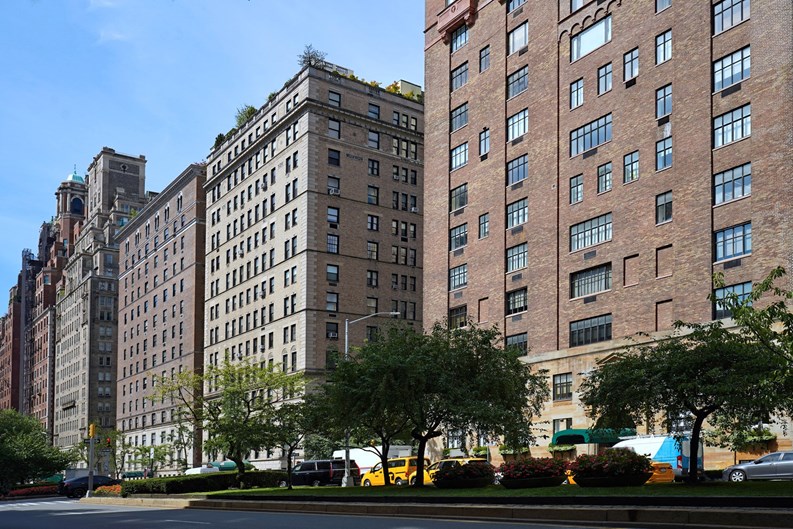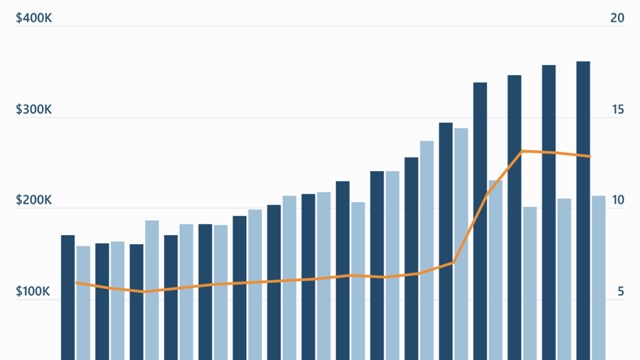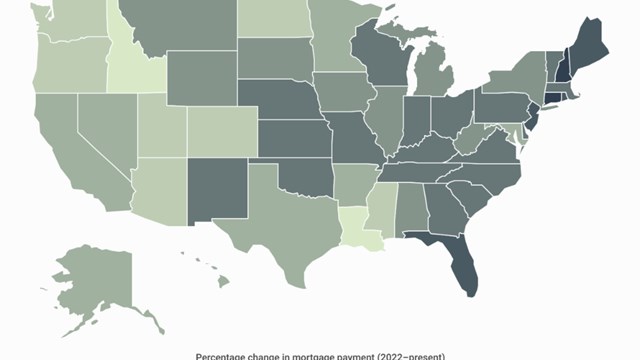In another indication of the ongoing slow-motion softening of the NYC co-op market, high-end co-ops are increasingly considering—and in some cases have already enacted—loosening their restrictions on financing. Buildings that previously mandated all-cash-only offers from prospective buyers are now entertaining purchasers seeking financing for their new homes.
Top Shelf
The top of Manhattan’s co-op market—the venerable prewar buildings along Park Avenue, Fifth Avenue, Central Park West, Central Park South, and a few other rarified enclaves—have always been extremely exclusive, with ironclad restrictions on financing and sky-high personal wealth requirements. The price of admission to these buildings (along with the ‘right’ profession, social circles, and affiliations) was the ability to walk in and put all the money down on the table, no mortgage required. That’s changing—but why?
Basically, two factors have converged to crack the all-cash market. The first is the competition the top end of the co-op market is getting from the high end condo market. Condominium boards don’t have nearly the control over who buys into the community that co-ops do. In a condo, if you have the money, you buy the unit. Simple. While condominium boards do have a right of first refusal on association unit sales, invoking it means that the condo itself must either find an alternative buyer to purchase the unit at the agreed-upon price, or purchase the unit from the seller. Given the stratospheric prices of even the most modest units, it’s nearly unheard of for a condo board to invoke that right.
By contrast, co-op boards are afforded much more scrutiny in vetting prospective buyers; they can demand reams of very personal information, from finances to educational background to club memberships. (One oft-repeated story holds that back in the 1980s, a white-glove co-op on Park Avenue once rejected a multimillionaire buyer simply because he had a Sears store credit card.)
Today however, many buyers at the top of the market prize their privacy more than an exclusive Fifth Avenue address, and prefer to take their business elsewhere rather than subject themselves to what they see as invasive, capricious scrutiny by a bunch of strangers. To lure these buyers back, many co-op boards are relaxing restrictions on partial financing, in some cases permitting financing up to 50% percent of purchase price.
“Condos can’t restrict buyers at the same level as co-ops, and co-op communities have to compete with that,” says Andrew Freedland, a partner at Herrick Feinstein, a law firm based in New York. “A buyer can get as much as 80% on a high-end condo. As such, the development of the high-end condo market is part of the change.” In response, he says, co-op boards “are trying to widen the net of potential buyers. If you’re allowing 50% financing for an apartment that sells for $10 million, there’s still a lot of equity and financial strength there.”
Weak Market Conditions
Another factor in the sudden move to relax restrictions for co-op purchasers in top-tier communities is the overall weakness in the city’s co-op market. The overall decline rolling through the market has finally reached up into the high end.
“The market is much softer,” Freedland notes. “Apartments aren’t flying off the shelves. Accepted offerings are down 20% from a couple years ago—nothing goes for over asking price anymore. Sellers are slashing prices, and boards must figure out a way to appeal to a broader pool of buyers. In addition to permitting unit financing, they’re also loosening restrictions on financial requirements for buyers. They are looking at lower overall asset levels.”
Is the Change Permanent?
If market conditions were to turn around, could boards at top-end buildings revert to prior restrictions and requirements? Well…yes and no. From a purely legal position, there’s nothing to stop them from doing it. From a practical position however, it’s unlikely. Once a change is made, it’s difficult to go back; residents don’t like it. And as Freeland points out, “Changes can’t be willy-nilly. In 10 years perhaps, but in the short term the changes are here to stay.”










Leave a Comment